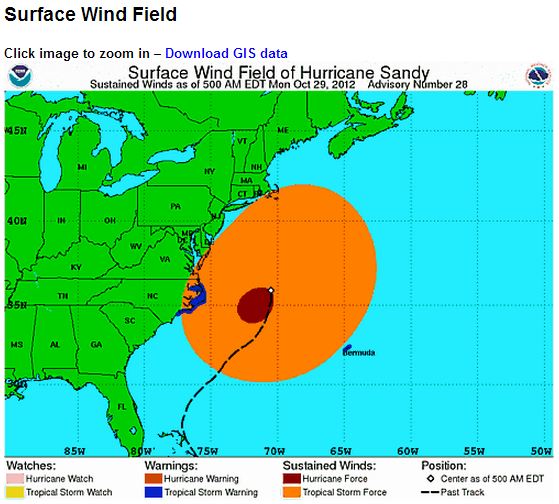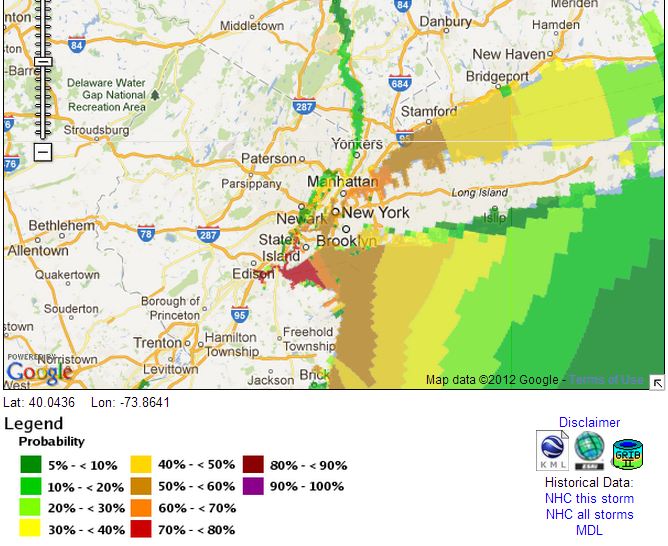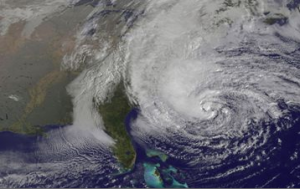David Petraeus’ Response to Climate Change: MOAR DRONZ!
When I saw DHS is acquiring more drones this morning, I joked that the policy response of government agencies when they fail at their core function is to ask for more drones.
Pretty sure there’s direct correlation bet size of NatSec departments [sic] failures at core job–HUMINT, safety–& desire for drones–CIA, DHS.
CIA has another massive HUMINT failure. Response? Moar dronz! DHS fusion centers proven to be huge wastes. Response? Moar dronz!
After @kade_ellis got into the fun, I pushed the idea, suggesting our country would respond to bank looting and climate change with a demand for more drones, too.
Banks looting the country? MOAR DRONZ! Impending climate catastrophe? MOAR DRONZ!
I swear, when I made that joke, I had not yet read how the CIA closed its climate change center because David Petraeus thought it more important to hunt terrorists with drones.
The center was designed as a small unit of senior specialists focused on the impact that environmental changes could have on political, economic and social factors in countries of concern to the United States. The analysts probed questions such as, under what scenarios might a massive drought cause large-scale migration, and when might a government’s failure to respond to a devastating flood open the door for terrorist groups to win over the local populace?
Analysts at the center worked to develop warning software that combined regional climate projections with political and demographic information, and held climate war games looking at what might happen in extreme scenarios, such as if rapid glacial melt caused the ocean’s major currents to shut down.
The center didn’t focus on the science behind climate change but instead relied on data from other government agencies as well as recommendations — including ones in a report released just over a week ago — from the National Academy of Sciences (Greenwire, Nov. 9).
But congressional Republicans skeptical of the science behind climate change sought to block the center’s funding shortly after it was launched. Those efforts failed, but sources say the center received little internal support after Panetta left the CIA in 2011 to take the top job at the Defense Department. Under his successor, David Petraeus, the agency was highly focused on terrorism, specifically targeted killings using armed drones. [my emphasis]
The diddling Director, it seems, thought taking out an American teenager with a drone was more important than responding to a crisis that is already leading to migration and increased credibility for terrorist groups.
But it’s not just the diddling Director. The CIA’s statement on the closure says instead of focusing on climate change, the CIA is focusing on energy.
CIA spokesman Todd Ebitz confirmed the change.
“The CIA for several years has studied the national security implications of climate change,” Ebitz said in a statement to Greenwire. “This work is now performed by a dedicated team in an office that looks at a variety of economic and energy security issues affecting the United States.”
This parallels, as it happens, Obama’s changing emphasis on gas production for energy security reasons, and only secondarily for climate change ones.
It seems our national security establishment–from the man who would turn back the oceans to the diddling Director–are more interested in replacing the Saudis as the petro-state than really preventing climate disaster in the not-too-distant future.
And if that emphasis should continue to destabilize the increasingly climate-wracked world?
MOAR DRONZ!




